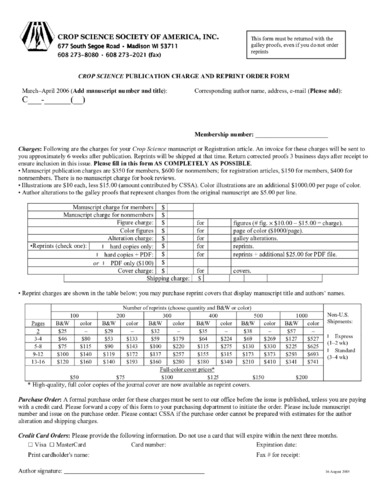A greenhouse method to screen brachiariagrass genotypes for aluminum resistance and root vigor
Brachiaria species are widely sown on the infertile and Al-toxic soils of neotropical savannas. Breeding programs seek to combine edaphic adaptation with other traits in interspecific hybrids. Edaphic adaptation is difficult to assess because it is only manifest in pasture persistence across several growing seasons. We developed and validated a solution-culture technique that uses rooted vegetative propagules from mature plants to assess two key components of edaphic adaptation: root vigor and Al resistance. Root vigor was assessed by measuring growth of adventitious root systems in 200 ?M CaCl2 (pH 4.2). Aluminum resistance was assessed by comparing root growth in this solution vs. root growth in an identical solution that also contained 200 ?M AlCl3 The well-adapted parent (Brachiaria decumbens Stapf cv. Basilisk) was superior to the less-adapted parent (B. ruziziensis Germain & Evrad clone 44-02), and both traits segregated as expected in a set of 44-02 × Basilisk hybrids. A simplified version of this technique, which exclusively relies on visual inspection, has been implemented in our breeding program to facilitate progress toward edaphic adaptation.

